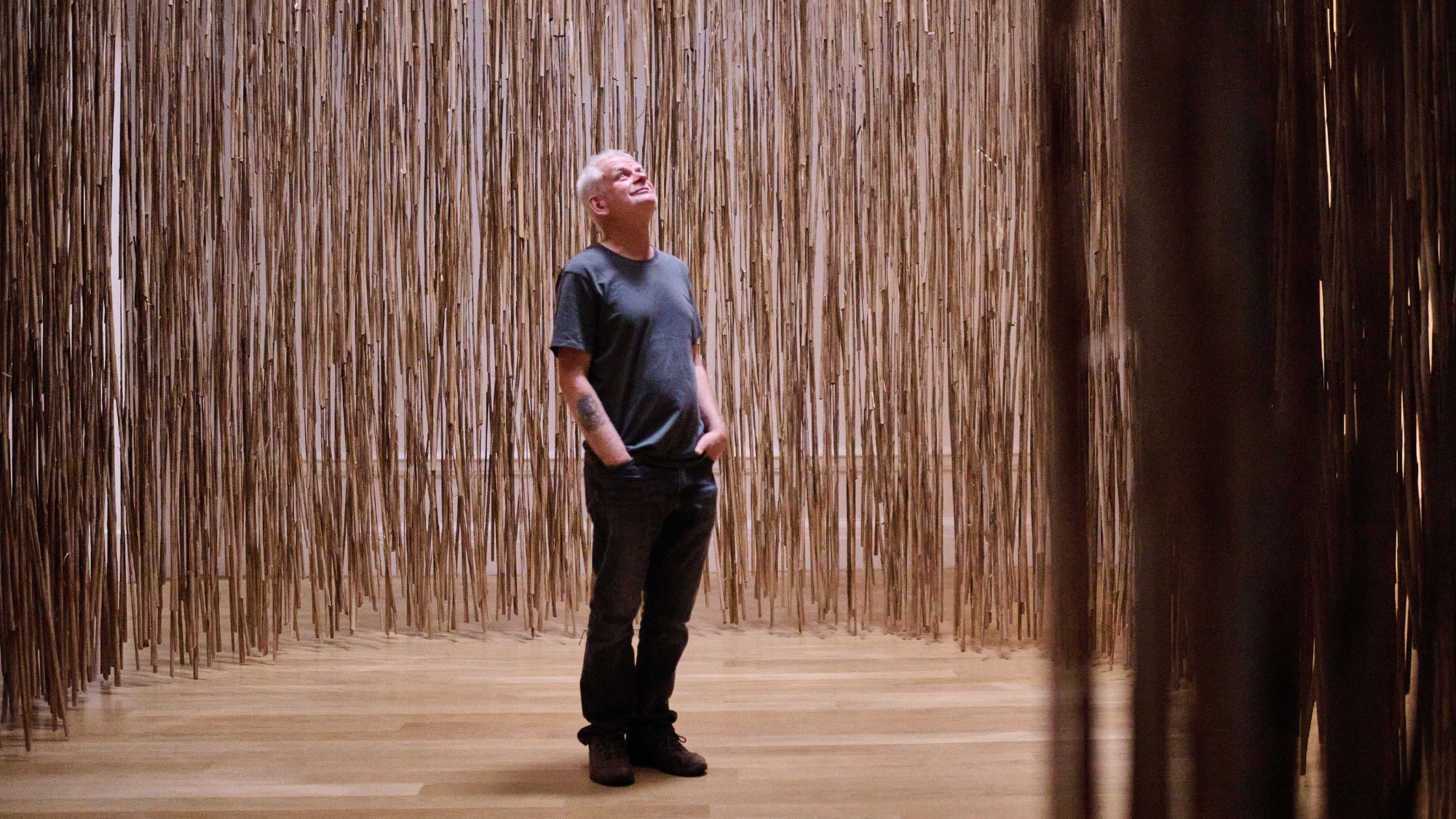Renowned artist Andy Goldsworthy marks his 50-year career with an extensive retrospective exhibition at the Royal Scottish Academy in Edinburgh. Running until November 2, 2023, the exhibition showcases over 200 works, including major installations, photographs, films, and drawings that span his artistic journey since the 1970s.
Critics have long debated Goldsworthy’s place within the art establishment. According to Waldemar Januszczak in The Sunday Times, Goldsworthy’s art reflects the “magical” qualities of the natural world, utilizing simple materials like rocks, leaves, and mud. His creations are often monumental, rooted deeply in the landscapes that inspire him. Despite his popularity and public affection, some within the art community have dismissed his work as overly simplistic or too accessible.
Exploring the Depth of Nature
Goldsworthy’s exhibition challenges these perceptions, emphasizing the profound themes present in his work. Jonathan Jones from The Guardian notes that rather than romanticizing nature, Goldsworthy’s creations immerse viewers in “the raw sadness and beauty” of the British countryside. A striking installation greets visitors at the gallery’s entrance: a long sheepskin rug crafted from discarded scraps, stitched together with thorns, which ascends the grand staircase. This piece, stained with farmers’ marks, reflects both beauty and the harsh realities of rural life.
At the top of the staircase, a perforated screen made from rusty barbed wire offers a glimpse into the exhibit beyond, creating a mystical and calming atmosphere. Goldsworthy’s use of unexpected materials continues with his collection of purple watercolours, created using hare’s blood and snow, further illustrating his innovative approach.
Addressing Political Themes
Goldsworthy’s art transcends mere aesthetics; it engages with pressing rural issues. Alastair Sooke in The Daily Telegraph highlights the political dimensions of his work, which often reflects on land ownership and access. His recurring motifs of walls, fences, and fissures serve as powerful symbols of the contentious nature of agricultural land and labor in contemporary society.
One of the more poignant pieces, titled “Gravestones” (2025), features an array of lumpy stones sourced from cemeteries throughout Dumfries and Galloway, where Goldsworthy resides. This installation serves as a moving meditation on mortality and the “inevitability of death,” reinforcing the emotional depth found in his art.
As this significant retrospective unfolds, it offers a nuanced understanding of Goldsworthy’s work, celebrating an artist whose contributions have often gone unrecognized by the mainstream art world. The exhibition not only showcases his creations but also invites audiences to reconsider the layers of meaning embedded in his seemingly simple forms.
With this exhibition, the Royal Scottish Academy provides a platform for Goldsworthy’s misunderstood artistry, affirming his position as one of the most significant landscape artists of our time. Visitors are encouraged to experience the beauty and rawness of his work, which continues to resonate deeply with audiences around the world.
